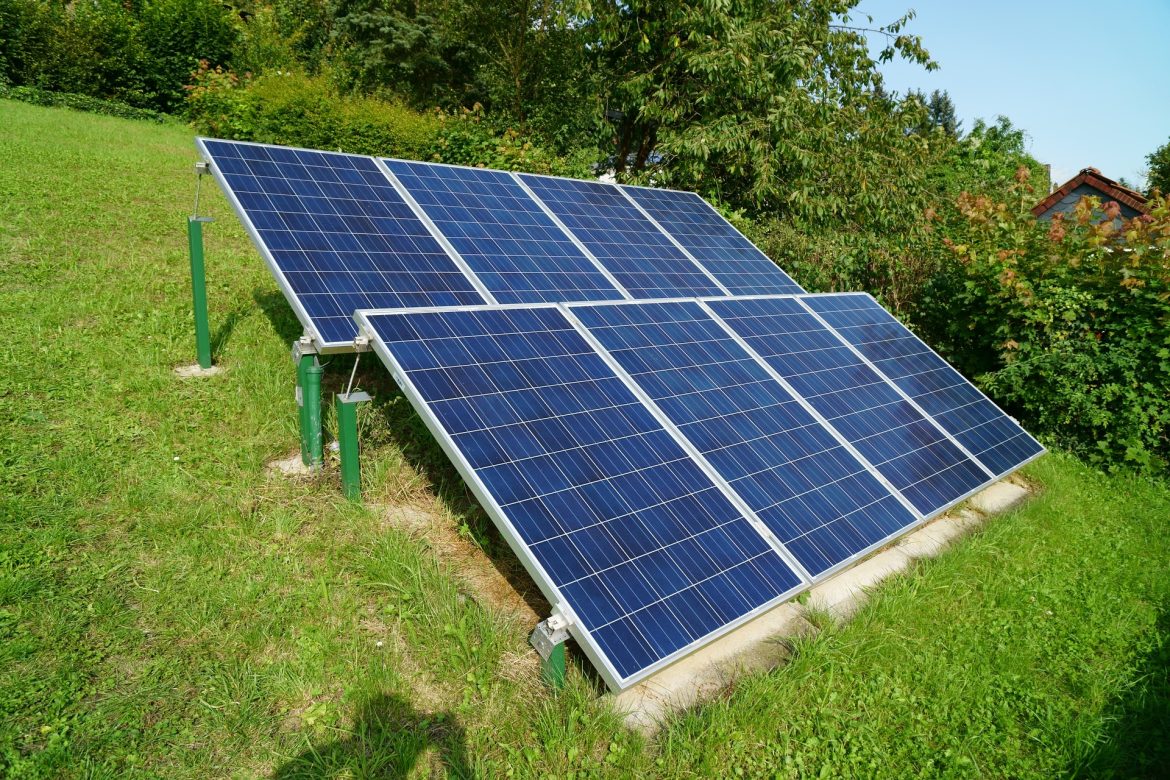Africa is charting a unique path in the expansion of solar generating capacity, diverging from global trends predominantly led by utility-scale projects. In 2022 and 2023, Africa witnessed substantial growth in solar energy, primarily fueled by Commercial & Industrial (C&I) projects, which accounted for 65% of the new capacity, according to John van Zuylen, founder of the African Solar Industry Association (AFSIA). Speaking at a panel on the potential of renewables in Africa during the Solar Power Africa event, van Zuylen highlighted the distinctive nature of Africa’s solar expansion.
In 2023, Africa added 3.7GWp of solar capacity, with South Africa alone contributing 80% of this increase. This surge is largely attributed to the Small-Scale Embedded Generation (SSEG) sector responding to the national utility’s challenges in providing reliable electricity. Despite South Africa’s significant installation, its solar energy usage as a percentage of the total energy mix does not rank in the top ten African countries, showcasing the diverse application of solar technology across the continent, ranging from water pumps and home systems to off-grid mini-grids and street lighting.
Winnie Ngara, a senior project manager for UL Solutions, addressed community expectations surrounding solar PV projects, noting the high hopes for economic opportunities against a backdrop of limited understanding of potential risks. The varied levels of expertise in managing solar projects and off-grid markets across African countries also present challenges in meeting Paris Agreement goals and fostering community support for solar initiatives.
According to a report by ESI Africa, Ian Mills, head of sales and operations in Africa for SegenSolar, emphasized the importance of balancing product affordability with introducing populations to the energy ladder, particularly in regions without an extensive national grid. Innovative financing mechanisms, such as private equity for carbon projects, are being explored to provide affordable clean energy solutions to Africa’s underserved off-grid population.
Michael Lappin, also from SegenSolar, shared insights on the operational challenges and opportunities in supplying solar solutions to 15 African countries beyond South Africa. Training, tailored energy use solutions, and navigating policy and VAT implications are critical components of expanding solar energy access across the continent.
As Africa continues to navigate its solar energy journey, the emphasis on C&I projects, coupled with innovative solutions for off-grid populations and the need for supportive policies, underscores the continent’s unique position in the global shift towards renewable energy.



